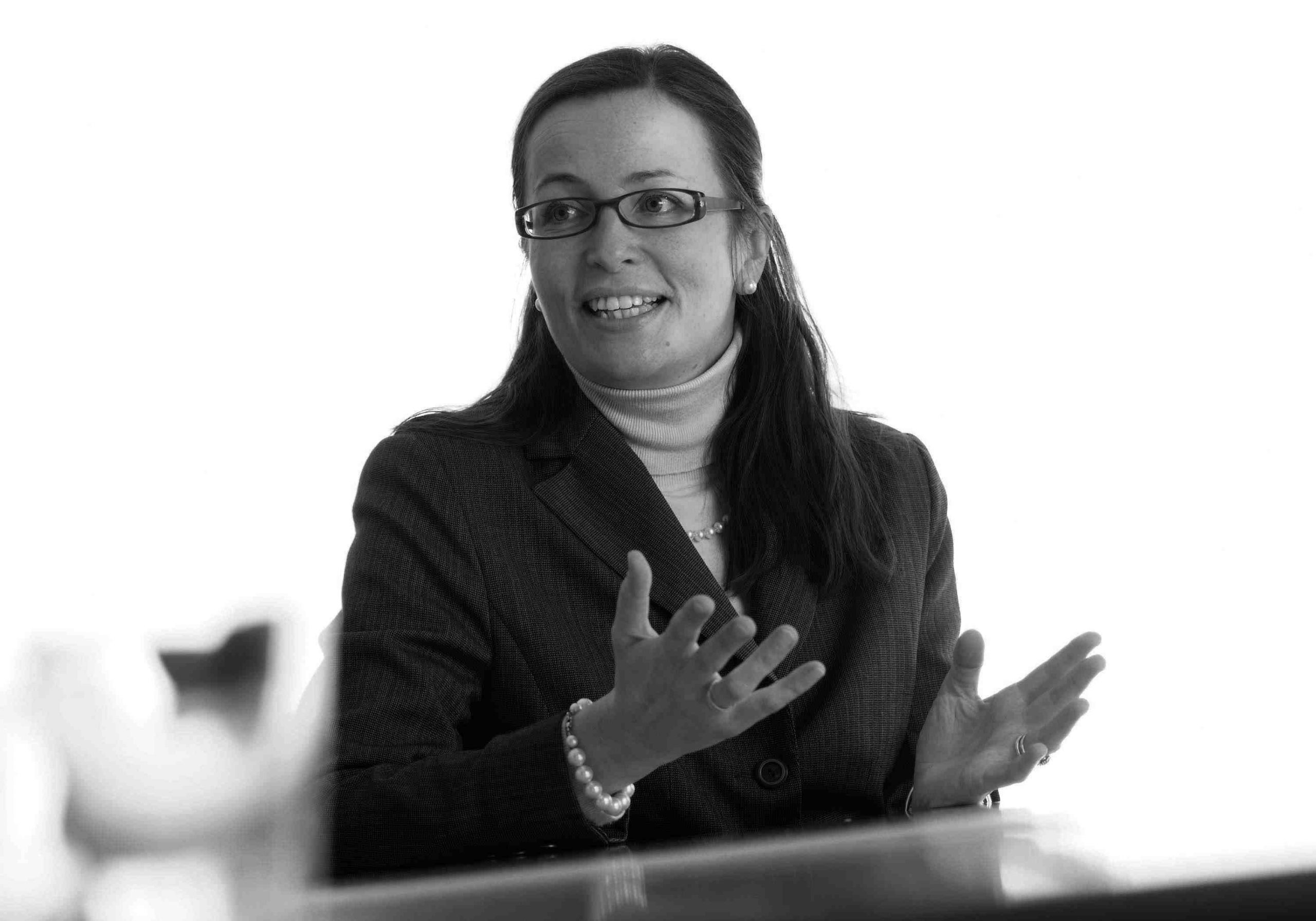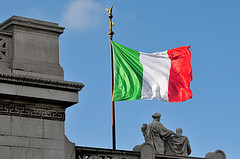Strong Growth Continues in Europe For Standard Life Investments
| By Alicia Miguel | 0 Comentarios

Standard Life Investments, the global asset manager with Assets under Management (AUM) of €343.5bn, has reported strong growth for Europe during 2015 despite volatile markets. Assets managed on behalf of clients and customers in Europe have increased by 32% to €19.3bn (2014: €14.6) with net inflows across the region up 194% to €4.7bn, representing 32% of opening assets. These figures were released as part of Standard Life plc’s full year results for 2015.
The company has continued to expand globally and is now represented in 27 cities worldwide. In Europe during 2015, Standard Life Investments opened an office in Zurich along with expansions in Amsterdam, Stockholm and Frankfurt. The European Business Development team has now grown to a team of over 20 people based across Northern and Southern Europe and in Standard Life Investments’ headquarters in Edinburgh, with further expansion expected in the coming months.
Highlights of Standard Life Investments’ performance in 2015 include:
Total AUM worldwide is up 8% to €343.5bn (2014: €316.8bn); third party AUM worldwide up 17% to €177.1bn (2014: €151.3bn); strong third party net inflows worldwide of €14.2bn (2014: €2.1bn); 67% of net inflows from outside the UK as the company continues to expand its global reach; worldwide operating profit before tax up 48% to €471mn (2014: €319m); strong investment performance with 90% of third party funds ahead of benchmark over five years 95% ahead over three years and 88% over one year time periods; Europe net inflows up 194% to €4.7bn (2014: €1.6bn).
Asa Norrie, Head of European Business Development for Standard Life Investments, commented: “In this low and even negative interest rate environment in Europe, many investors – both Wholesale and institutional–are looking for capital efficient portfolios that offer true diversification. These figures demonstrate that Standard Life Investments is well positioned to meet the changing needs of investors in the region. We have been active in Europe for over a decade and continue to see ongoing demand for our range of investment solutions including fixed income and equity together with real estate, private equity and our innovative multi-asset solutions”.
“Looking forward into 2016, with difficult market conditions in Europe and globally, our expertise in risk management and our core Focus on Change investment philosophy will remain key in helping to deliver consistent performance and solutions for our clients and customers in the region”.






